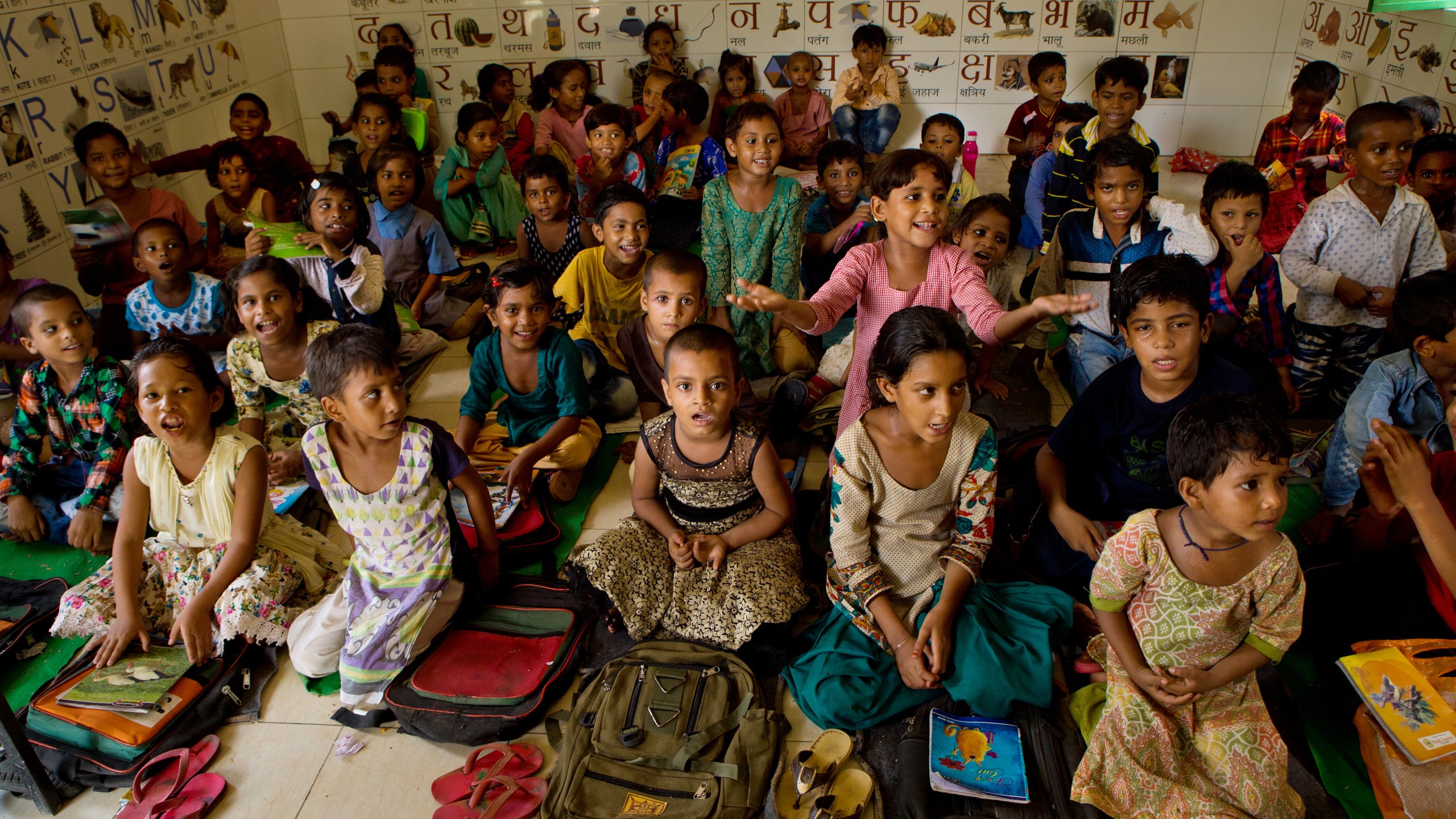Ending Child and Forced Labour in Apparel Supply Chains in India
Labour Rights
9 February 2019 C&A Foundation

The two-year pilot initiative implemented by Goodweave, was designed to establish a new sourcing system, which over time will increase apparel supply chain visibility and offer improved working conditions for homeworkers.
Operating in five communities in northern India, the objectives of the pilot were:
-
to leverage market influence over suppliers
-
to improve apparel supply chain transparency
-
to offer educational opportunities for children in garment worker communities
-
to ensure decent work for adults
Facts:
Partner: GoodWeave
Investment: EUR 1.1 Million (C&A Foundation)
Duration: 2 years (2016-18)
Geographic region: India
Results
The GoodWeave standard forms a unique entry point into the informal supply chains for reducing child labour
- the GoodWeave standard was piloted but not rolled out
- it allowed the initiative to hold a unique focus on the informal supply chain with the potential to address working conditions and mitigate child labour practices
- 3,500 vulnerable children were identified in the five communities, sixteen child labourers were found through mapping and five were found through inspection
Performance against intended outcomes (actual reduction in incidence in child labour and improving working conditions) was mixed
- the pilot sufficiently achieved outreach targets related to brands, suppliers, communities and homebased workers
- the adapted Child Friendly Community Model increased access to education for at-risk children and reported improved learning levels
- evidence is unclear on whether increase in school participation led to reduction in child labour
- the one time training related to working conditions to homeworkers was insufficient
Market interest was demonstrated by sufficient engagement of both brands and suppliers
- the brands acknowledged presence of home based workers in their supply chains and indicated interest in addressing their issues
- brands were unable to incentivize the suppliers through work orders and this resulted in uneven participation of suppliers
- communication by GoodWeave with brands on non-compliance can be improved
- trust was built with suppliers, contractors and participating suppliers, who were appreciative of the pilot
Emergence of youth facilitators, especially young women, as ‘role models’ was an unintended outcome
- the initiative created social capital within the communities, namely Youth Facilitators;
- Facilitators supported non-formal learning activities through Motivational Learning Centres addressing children with weaker learning abilities and tracking school performance through home visits
What did we learn?
C&A Foundation
- Realistic timeframe and modest target setting of both outputs and outcomes are vital for the successful achievement of multiple objectives, such as standard setting and its rollout, calibrating the transfer of GoodWeave model to apparel sector etc.
- Establishing operational definitions for key terms such as ‘child labour’; ‘forced labour’; ‘improving working conditions’; and ‘remediation measures’ is imperative for effective programme design, implementation and monitoring
For Partners & Others
- Systematic monitoring of whether school going children are continuing to work after school hours is key to assessing if school participation reduce child labour practices
- Building trust with suppliers and contractors has enabled access to informal and often hidden sections of target supply chains
- Engaging brands as knowledge partners is essential for mining their existing experiences with inspections in the apparel supply chain
- Tailored partnership agreements with each brand will help clearly defining the structured engagement process, roles and responsibilities between the actors and time sensitive communication protocols
